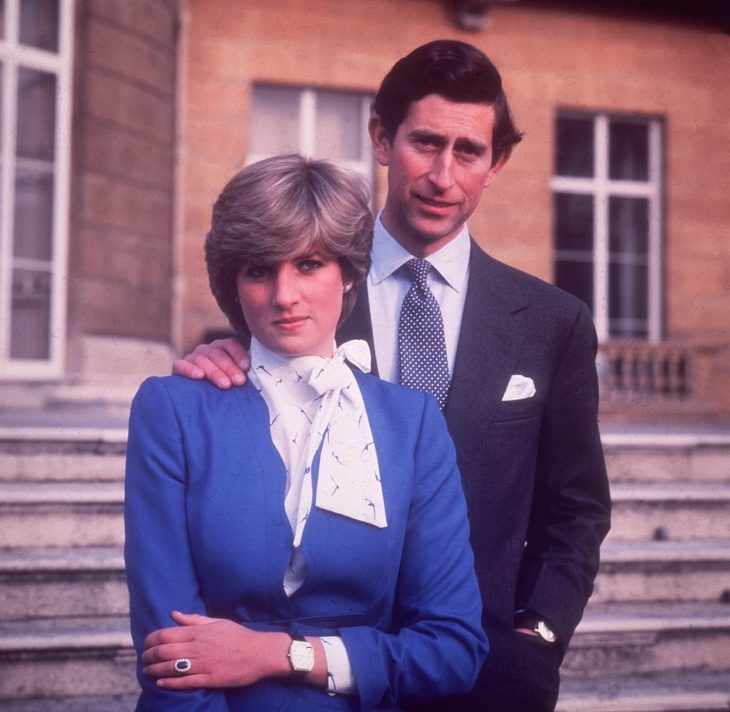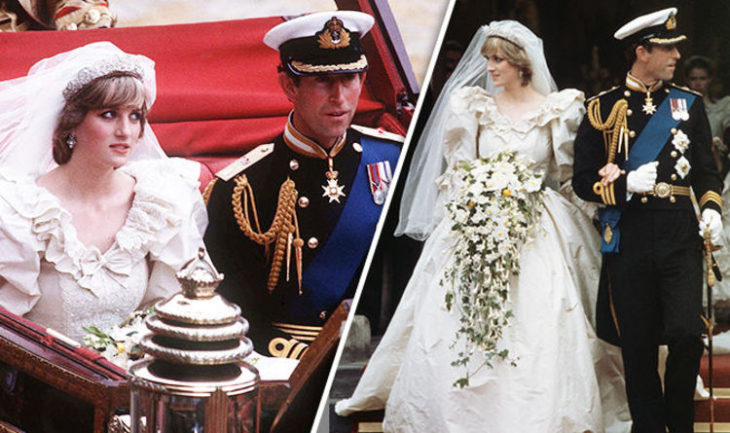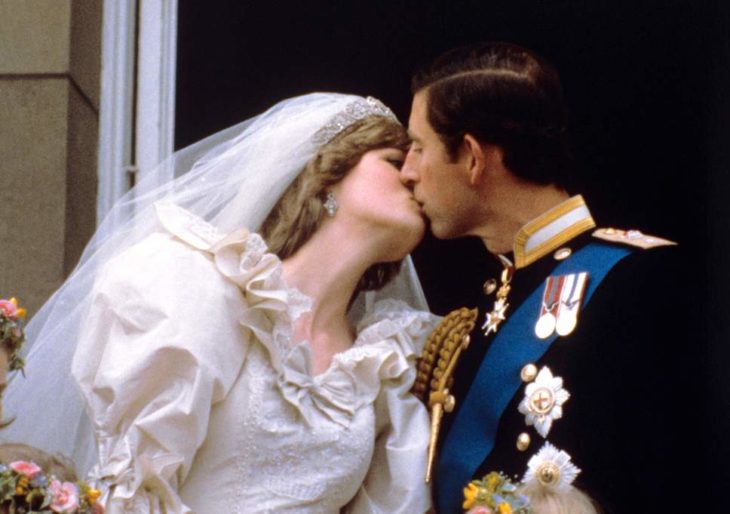It was obvious that Prince Charles and Princess Diana had many problems in their marriage. Their body language also contributed to this a lot. Keep reading to find out what body language experts say about the couple’s body language on important occasions.
Contents
Charles and Diana’s engagement interview

Source: Getty Images
A language expert, Robin Kermode analyzed Prince Charles and Princess Diana’s engagement interview. “It is particularly poignant to revisit the famous engagement interview after 36 years. We shouldn’t forget the scale of the media pressure on these two young people – a pressure that most of us couldn’t possibly handle,” she said.
It’s important to note that this was one of the first Diana’s interviews and she wasn’t really experienced. “If we look at these clips from a body language perspective, we must be aware of the historic lens we watch it through,” she added. “The manner and style of the interviewer’s questions, and of their responses, seem almost from another world.”
Many things about the person can be explained even when they aren’t speaking.
“As our facial muscles are busier when we’re speaking, we can put on a ‘mask’ or a ‘front’ quite easily, but having to listen to comments about ourselves when we are trying to be still will reveal lots of little signals,” Kermode explained.
“Some of the clips appear to show a contrast between Charles and Diana. Charles looks assured while Diana often looks sadder when she is listening – her lips and mouth are held together, here eyebrows lifted and her cheeks pushed forward with watery eyes,” the expert added.
Kermode also notices that Charles often deferred fo Diana during the interview, and he often looked at her before he answered the question. This also happened when he made that famous comment “Whatever in love means.”
“I think one of the most interesting phrases from Charles was the use of the word ‘business’ when asked about their courtship,” Kermode said. “He then spends several moments looking down avoiding the camera. His lip corner pull inwards and then his mouth is pulled tight and upwards suggesting sadness. We know that big decisions, like red, trigger emotions and sadness and joy can often be mixed together.”
Diana looked like she was about to cry on the wedding day

Source: Getty Images
Judy James, a body language expert, analyzed both Diana and Charles’ body language on their wedding day.
“On her first few steps into the cathedral Diana’s veiled face is wearing the traditional bridal expression of a radiant smile,” she said. “Then her large eyes start to scan the scene inside the cathedral and her face does a sudden and very dramatic drop. Her mouth slopes downward and her eyes fall and for a moment she looks close to tears.”
“When she lifts her eyes there is even a moment of steeliness bordering on anger. It’s not until her dress designer comes to flounce the veil that she manages a girlish but slightly forced-looking smile in response.”
She also noticed how Diana’s expression changed during the ceremony.
“This constant flicking of extremes of expressions could be seen as just a sign of nerves but there is very little looking at her father for reassurance or the more signature ‘Shy Di’ expressions she was known for.”
Diana searching for Camilla at the wedding
Apparently, while entering the church, Diana looked for Camilla Parker Bowles, who Charles had an affair with and eventually married in 2005.
“I knew she was in there, of course. I looked for her,” Diana told Andrew Morton, a royal biographer in 1991. “So walking down the aisle, I spotted Camilla, pale gray, veiled pillbox hat, saw it all, her son Tom standing on a chair. To this day you know — vivid memory.”
Prince Charles’ body language at their wedding

Source: Getty Images
“Charles adopted an air of faint sadness as he waited for his bride, with his brows steepled and his eye-gaze distant and reflective,” she said. “You could see this as an expression of duty and formality but the camera shows the Queen absolutely beaming at her son so there was no great pressure on him to look poker-faced.”
“He flashes the ghost of a smile when his bride arrives and then a swift look up and down at her dress with no sign of appreciative or reassuring smiling,” James added.
Even though their body language seems negative in general, they also had some positive body language, for example when they held hands when leaving wedding rehearsal or when they were seen kissing.
Source: cheatsheet.com
